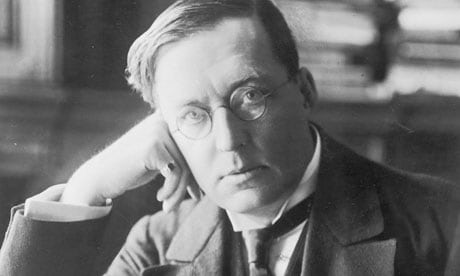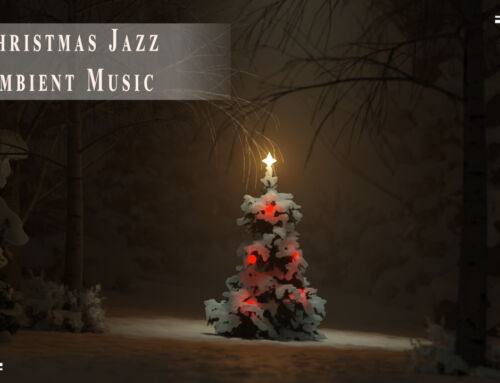Best remembered for his atmospheric and unsettling ghost stories, James is regarded as one of the most accomplished writers in this genre. He managed to redefine the ghost story for the new century by abandoning many of the clichés of gothic fiction and mastered mixing mundane, contemporary settings with weird and creepy details to unsettle the reader. Many of James’ stories started as tales told amongst friends on Christmas Eve around the fireplace and his stories retain qualities associated with oral storytelling along with a self-aware 1st person narrative voice.
So, what is it that makes his stories so popular, even to today’s audience? And why do we keep terrifying ourselves by retelling his tales?
Jamesian Ghost Storytelling: Have you ever heard of the Jamesian?
James’ classic storytelling style involved a slow narrative build leading to an encounter with a malevolent ghostly manifestation. He would often leave the reader with unresolved questions and loved to use everyday, normal details to highlight what was absurd or mysterious, such as an ancient whistle or old manuscript.
James said of his stories: ‘If any of [my stories] succeed in causing their readers to feel pleasantly uncomfortable when walking along a solitary road at nightfall, or sitting over a dying fire in the small hours, my purpose in writing them will have been attained.’
To create the perfect Jamesian ghost story you will need:
• A quaint, ancient setting. Such as a twee English country village, an estranged seaside town or a stately Abbey. James loved to utilise the antiquity of a characterful setting with an isolated atmosphere.
• A gentleman protagonist. Many of James’ characters are naive reserved scholars, who are often not convinced something strange is happening until the final climax of the story.
• A pivotal antiquarian object. Whether an old book or an antique, the discovery of a mystery object that unlocks and attracts an unwelcome figure from beyond the grave is a signature mark of James’ stories.
James was a master at creating fear and terror through suggestion, allowing the readers to participate through the ordinary then creating unease through uncanny detail.
A wonderful quote from James sums up his approach to writing ghost stories:
M.R.James: “Two ingredients most valuable in the concocting of a ghost story are the atmosphere and the nicely managed crescendo.… Let us, then, be introduced to the actors in a placid way; let us see them going about their ordinary business, undisturbed by forebodings, pleased with their surroundings; and into this calm environment let the ominous thing put out its head, unobtrusively at first, and then more insistently, until it holds the stage.”
Below is a selection of some of the most famous M.R.James Ghost Stories:
- The Treasure of Abbot Thomas (Ghost Stories of an Antiquary 1904
- Count Magnus (Ghost Stories of an Antiquary 1904)
- The Tractate Middoth (Published in More Ghost Stories 1911)
- “Oh, Whistle, And I’ll Come to You, My Lad” (Published in Ghost Stories of Antiquary 1904)
James’ Ghost story collections:
- Ghost Stories of an Antiquary (1904)
- A Thin Ghost and Others (1919)
- A Warning to the Curious and Other Ghost Stories (1925)
M R James Ghost Stories Today
James’ ghost stories have been adapted many times over the years for the screen and even live plays. Any curious reader can find many BBC or ITV adaptations of his novels, including the BBC series A Ghost Story for Christmas. Perhaps the most well-known M R James enthusiasts, who’ve produced a number of adaptations of late, are The League of Gentlemen. You may remember the unnerving 2013 adaptation of The Tractate Middoth, from The League of Gentlemen’s Mark Gatiss, featuring something malevolent lurking in the library. Perhaps it’s the link to the ordinary and the gaps in the narrative left for the reader to imagine that keep James’ stories as indicatively spine-tingling today as then.
Further Reading
If you have the inclination to write your own ghost story, are in the process of writing one, or just have a good interest in this kind of thing then please see the articles here: How to make your writing suspenseful or for further reading recommendations of some classic ghost stories see Ghost Stories to read at Christmas
- Whilst M.R.James told or wrote most of his ghost stories during the Victorian period, they were published after Queen Victoria’s death in the Edwardian period.





[…] M.R James and his Ghost Stories: M. R. James and his Ghost Stories […]